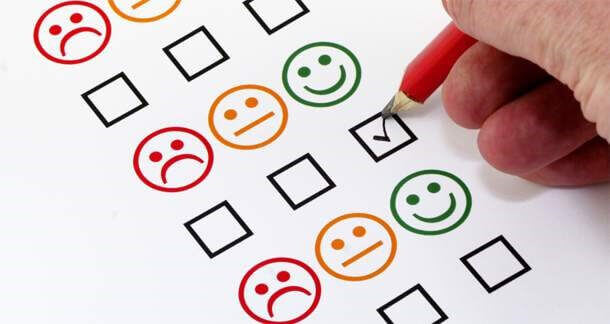
Common sense tells us that providing exceptional value to guests will not only make them happy but keep them coming back again and again.
NB: This is an article from TravelClick
The resulting loyalty is a crucial metric in today’s customer satisfaction analysis processes, with more than two thirds of Fortune 1000 companies turning to the Net Promoter Score® (NPS), which validates the concept that having a high number of loyal fans is a key determinant of strong and sustained business success.
Beyond NPS, one common and effective way to gauge guest satisfaction in hospitality is to send post-stay surveys. These tools also give guests an opportunity to shine light on the good and the bad of their stay while the experience is fresh in their mind. Perhaps the front desk staff went above and beyond during check-in, but the guest was not able to get a reservation at the on-premise restaurant. Maybe there were problems with the guest’s rooms that they were unable to report while on property, but could easily do so in the post-stay survey.
Obtaining this information helps hoteliers better understand what guests find valuable or lacking and offers the opportunity to iteratively improve services and offerings accordingly. For example, perhaps you primarily employ a value-add rewards program that gives a discount on upgrades to premium rooms. If a minority of guests are taking advantage of this upgrade, but guests consistently rave about the restaurant in reviews, perhaps it’s time to change course and give two free drinks to any guest that visits the restaurant.
Driving Action
The first challenge in executing guest surveys is to encourage as many guests as possible to complete them. Surveys tend to naturally attract those who had strongly emotional experiences, whether positive or negative. To get a comprehensive temperature check, however, hoteliers may need to take additional action to inspire others to complete the survey.
The two most common solutions for accomplishing this is by setting up a post-stay workflow to send a follow-up to guests who haven’t completed their post-stay survey or offer a reward for taking the survey, such as a 10% discount on a future stay. In addition to measuring guest satisfaction, you can store this feedback in your CRM and leverage it to personalize all future touchpoints.
Picking the Right Survey
Most hoteliers we talk with fully appreciate the concept of guest surveys but implementing a high-performing program can be challenging and time consuming. That’s why we’ve interviewed a number of our top-performing clients to compile a few example surveys that you can start using today to help jumpstart the process and reduce some of the time and effort of developing your own unique survey program.
Hoteliers should aim to ask the minimum number of questions needed to solicit the information needed, opting for checkboxes and multiple choice over written answers. Doing so will ensure a higher completion rate or a higher proportion of submitted surveys versus the total number of surveys sent out. If you want to learn more details about a guest’s experience on property, you can always follow up afterwards.
Each property has unique needs and it’s important to find a survey that will enable you to deliver an ever-improving guest experience into the future. To find inspiration, we recommend that you observe what competitors do, see what surveys you receive in your everyday life, and take notes of what industry leaders outside of hospitality are doing.
For example, if you want to take your surveys game to the next level, you could even consider adding conditional questions. Ask the guest a yes/no question, like “Did you eat at the restaurant during your stay?” If the guest answers no, the guest advances to the next question. But, if the guest answers yes, a new question emerges. Here’s a sample.
Here are a few other best practices:
- For questions with a rating scale, choose 3-5 rating options
- Be intentional with ordering questions, starting with easier and quicker-to-answer questions
- Limit the number of free form comments
- Send post-stay surveys within 24 hours of departures
Surveys are not meant to be set-in-stone and should evolve in both length and content as business needs shift.




